#FAUST (1926)
Text

Horsemen of the Apocalypse from the Faust (1926).
93 notes
·
View notes
Text
Meanwhile gays:

#the roaring 20s y’know#Faust behind the scenes#F. W. Murnau#Faust 1926#old cinema#Gösta Ekman#look at Gösta istg 💗💗#queer icons
17 notes
·
View notes
Text
Seph watches Faust 1926, the highlights:








#seph speaks#faust#faust 1926#doctor faustus#what else do i even tag this?#dipcord momence#long post#twas an entertaining movie with many questionable moments#which given the source material is not surprising in the least
27 notes
·
View notes
Text
Why is mephisto from faust (1926) such an absolute fucking mood.








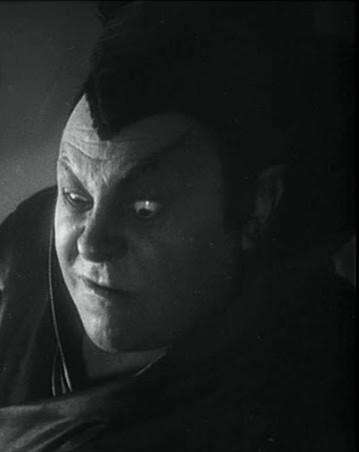
12 notes
·
View notes
Text
On December 6, 1926 Faust debuted in the United States.


#faust 1926#faust#f.w. murnau#emil jannings#german film#german expressionist film#expressionist film#silent film#silent horror#classic cinema#horror art#horror movies#horror film#horror#movie art#art#drawing#movie history#pop art#supernatural horror movies#supernatural horror#modern art#pop surrealism#cult movies#portrait#cult film
3 notes
·
View notes
Text
The Devils I Know - Number 21
Welcome to “The Devils I Know!” For this spooky time of year, from now till Halloween, I’ll be counting down My Top 31 Depictions of the Devil, from movies, television, video games, and more! Today’s Devil is silent, but sinister.
Number 21 is…Emil Jannings, from Faust (1926).
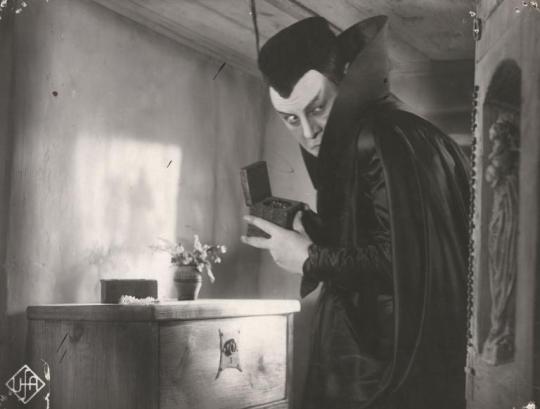
The legend of Faust, or Faustus, is one of the cornerstones of Devil-themed literature and media in general. While the story has gone through many reinterpretations and retellings over the years, the basic setup has remained the same. The story focuses on the titular character: a physician and alchemist who, seeking greater knowledge, turns to the dark arts, and summons a being known as Mephistopheles (sometimes referred to as “Mephisto” or “Mefistofele,” depending on the version you’re looking at). In some versions, Mephistopheles is the Devil himself, while in others he is simply a demon, with the actual Devil being a separate character. Regardless, Faust enlists the demon’s help (and sometimes other boons) for a period of time, with the promise that at the end of that period, he will be damned for all eternity. He ends up squandering much of his time with trivialities, and eventually the due date draws near. In some retellings, Faust manages to escape his terrible fate, but in others, the Devil gets his due. It’s this story that the phrase “Faustian Pact” comes from, and the typical concept of a deal with the Devil basically originates with this myth.
One of the earliest interpretations of the story in cinema is the 1926 German Expressionist silent feature simply entitled “Faust.” This movie was the creation of F.W. Murnau – the legendary silent film master who was responsible for the spooky silent masterwork “Nosferatu.” (Fittingly, I should add, “Nosferatu” turns exactly 100 years old this year!) As much as I love Nosferatu, I often feel “Faust” doesn’t get enough credit; I hear less of it than the other film Murnau is so well-known for. This is a pity, because “Faust” is honestly the most spectacular and grand of the two pictures, with special effects that were the state of the art for their day, and a great sense of atmosphere to rival any vampire story.
The movie is basically a standard retelling of the Faustian legend, based most closely on the version written by Goethe in 1808. In the film, Mephisto is the name of the Devil himself (obviously), and the story begins with the Devil making a bet with the Archangel Gabriel: Mephisto must choose a righteous and good-hearted person, and corrupt his soul completely. If he succeeds, he will have proven his superiority over Heaven, and will be given total dominion over Earth. Mephisto selects the kindly Faust: a sweethearted but misguided doctor, who is already having a conflict of faith, as all the prayer in the world cannot seem to help him while he seeks to help others in need. Mephisto makes a bargain with Faust to help him gain the knowledge he needs…and, in typical fashion, Faust is tempted away from his saintly goals as the power and pleasure the Devil provides lead him astray. It is only through the love he has for a poor young maiden that Faust is eventually able to see the light again.
Emil Jannings plays Mephisto in the film, and it is a role he clearly relished with abandon. In fact, Jannings was instrumental in Murnau being chosen to direct the movie. The two clearly had a passion for what they were doing, and it really shows. Mephisto is one of the greatest silent movie villains ever created, and a classical depiction of the Devil. While admittedly the performance is rather hammy by modern standards, there are moments where Jannings’ work remains quite effective in conveying the sense of both power and cunning Mephisto has, and the scenes where Mephisto’s true demonic form shows in its full power are still unsettling and even awe-striking to this day. This Devil may show his age, but there’s a charm to his work even in that.
Tomorrow, the countdown continues, as we move into the Top 20!
HINT: “It Feels So Good to Be Bad!”
#the devils i know#top 31 devils#fiction#movies#films#silent films#silent movies#f.w. murnau#faust#faust 1926#mephisto#emil jannings#number 21#best#favorites#list#countdown#october special#halloween advent calendar
5 notes
·
View notes
Photo
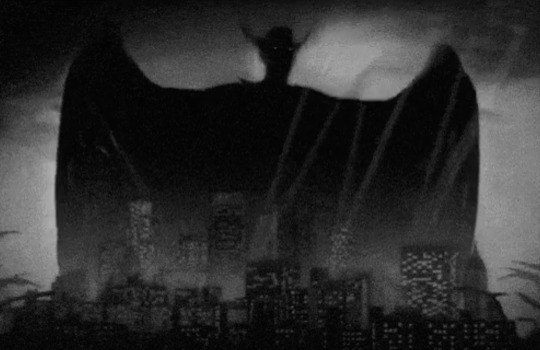
(via The Grim Gallery: Exhibit 4532)
Faust (1926)
183 notes
·
View notes
Text




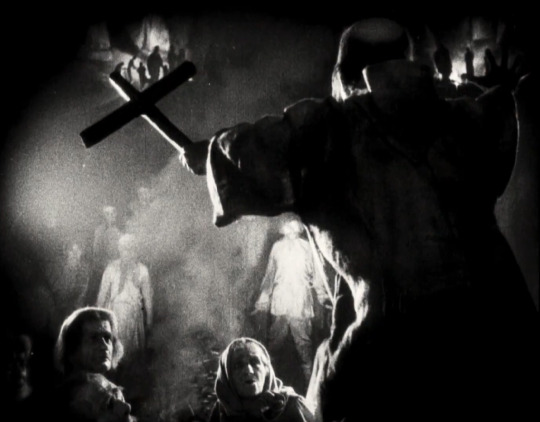
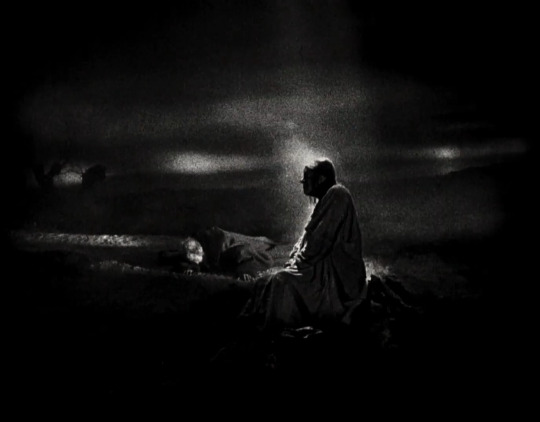
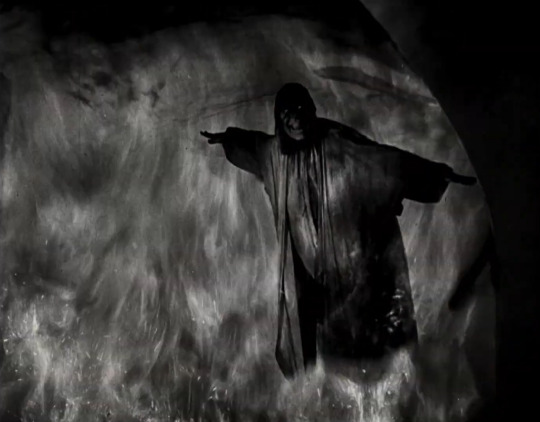
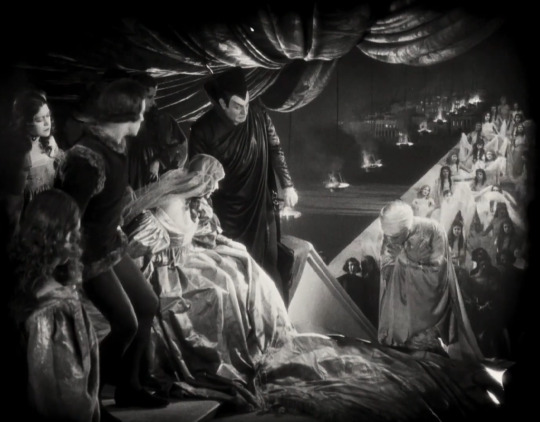


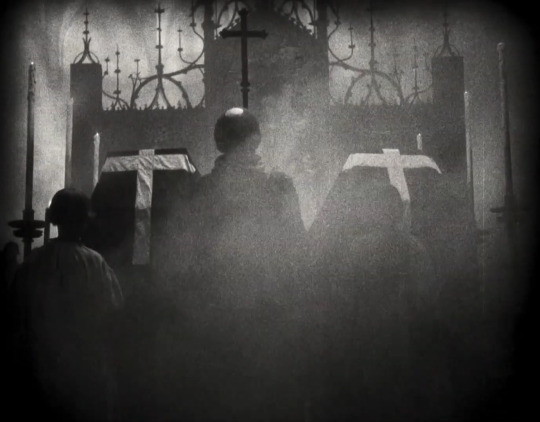

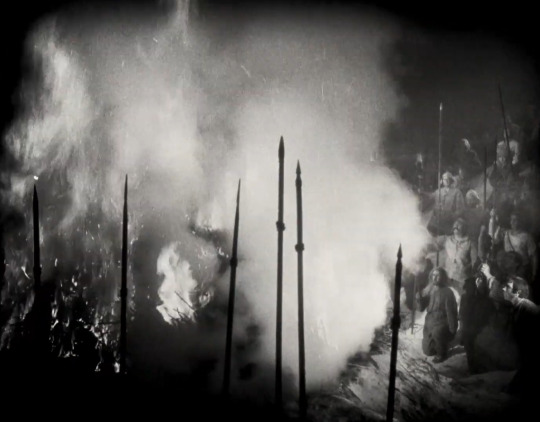

Faust – Eine deutsche Volkssage (1926) dir. F. W. Murnau
#Faust – Eine deutsche Volkssage (1926)#Faust – Eine deutsche Volkssage#Faust – A German Folktale (1926)#Faust – A German Folktale#F. W. Murnau#Germany#occult#dark fantasy#my screenshots#stills
82 notes
·
View notes
Text
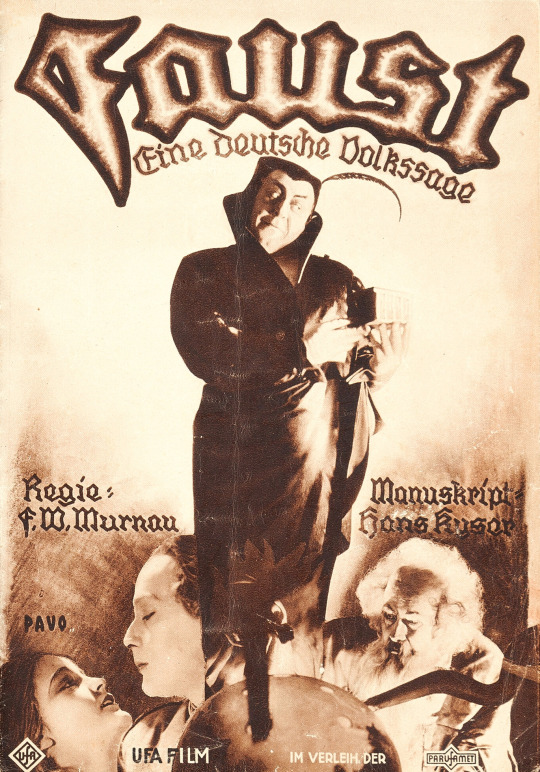

Faust (1926) - German Program
#faust#faust 1926#gösta ekman#emil jannings#camilla horn#1926#1920s movies#f. w. murnau#program#classic horror
29 notes
·
View notes
Text

Emil Jannings in Faust - Eine Deutsche Volkssage (Germany, FW Murnau, 1926). From the Taussig film stills collection.
#Emil Jannings#Faust#Eine Deutsche Volkssage#1926#Taussig film stills collection#cinematic still#film#still#stills
90 notes
·
View notes
Text
watching Faust 1926 for the first time tonight
something about the idea that in this adaptation, Faust purposefully burns his books as an outward sign of his losing faith vs. In the Light Faustus having his books burned against his will, starting him down that road towards Mephistopheles (or ig just the Traveller in this version) is fascinating to me
don't have the brainpower to fully analyze this rn but yeah it's interesting
#seph speaks#faust#doctor faustus#faust 1926#in the light#watch me binge watch a ton of faust(us) stuff tonight#i mean i've already started the 1926 one and i have links on hand for the marlowe play and the gounod opera#what's stopping me?
3 notes
·
View notes
Text
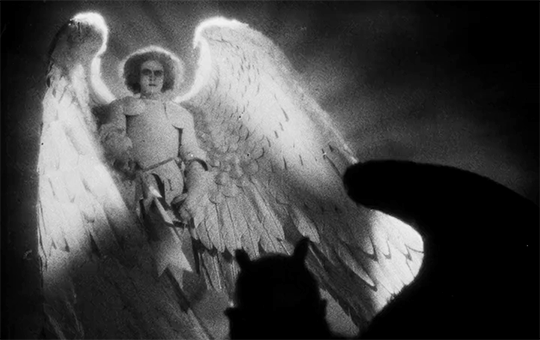





Every Film I Watch In 2023:
151. Faust (1926)
#faust#faust (1926)#2023filmgifs#my gifs#loved the start of that#hated the middle bit#really astonished by the ending#oh murnau#how i love your lighting and loathe your plotting#still mostly convinced cinema peaked with German Expressionism#at least when it comes to gorgeous visuals and atmospherics#not so much the racialised imagery and godawful melodrama#but hey you can't have everything#especially when it comes to 1920s cinema#also was Fantasia hugely inspired by this#cos i was getting so much Fantasia vibes from the start#and how deliciously MR James is that third gif#i love it so much
31 notes
·
View notes
Text
On November 6, 1928 Faust debuted in Estonia.
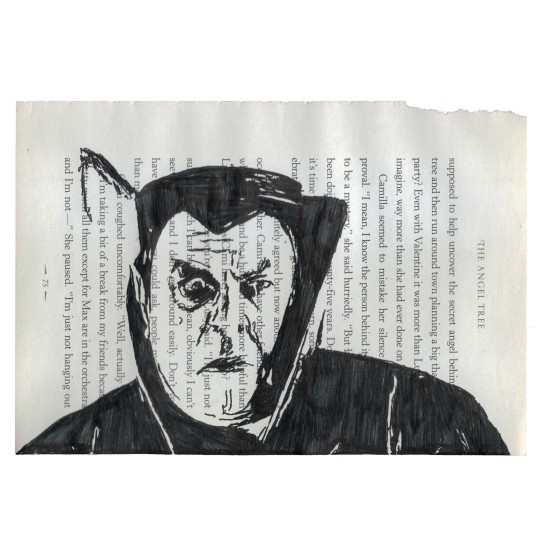
#faust#faust 1926#german expressionist film#german expressionism#horror art#horror movies#silent film#movie art#art#drawing#movie history
3 notes
·
View notes
Text


Camilla Horn in FAUST (1926)
14 notes
·
View notes
Text

Faust, une légende allemande (Faust) - Film fantastique réalisé par F. W. Murnau - 1926
#et pendant ce temps- là#affiche#poster#film#movie#film fantastique#fantasy movie#film muet#silent movie#Faust#réalisateur#director#F. W. Murnau#allemagne#germany#1926
6 notes
·
View notes
Text

7 notes
·
View notes